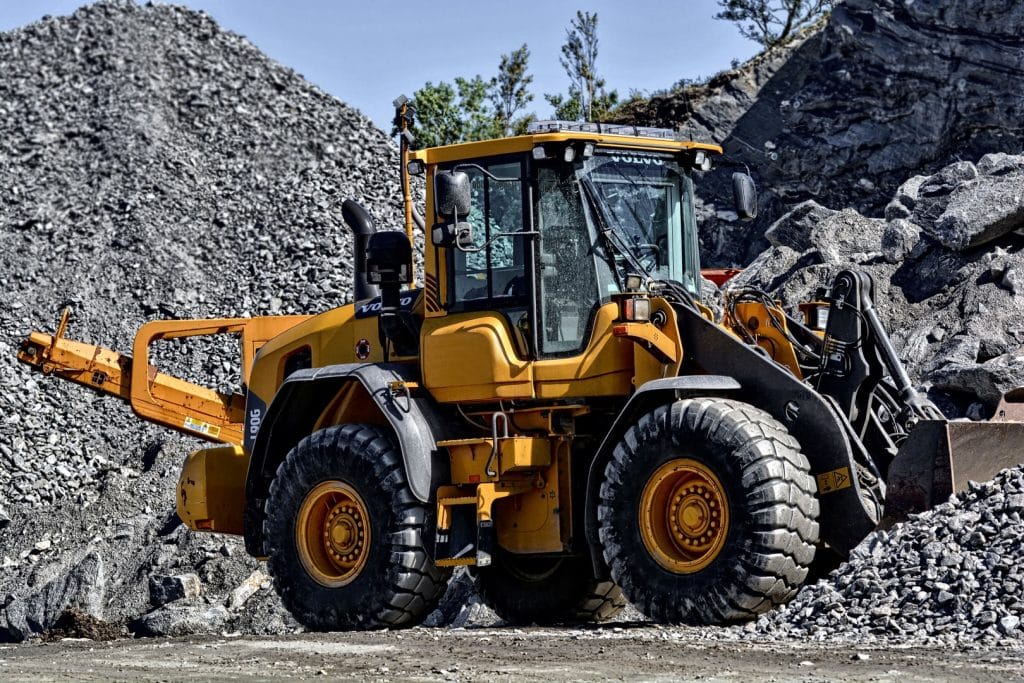An employee died loading a lorry at a landscaping company which resulted in the company being fined following a prosecution brought by the Health and Safety Executive.
An East Yorkshire garden landscaping supply company has been fined £600,000 after an employee died while loading a lorry.
Brian White, 59, was working for Kelkay Limited when he was operating a forklift truck at the company’s site on Heck and Pollington Lane, Pollington, East Yorkshire, on 15 June 2018.
Brian was fatally injured when the lorry he was loading was moved by the driver, pulling the forklift truck over and trapping him underneath.
An investigation by the Health and Safety Executive (HSE) found Kelkay Limited’s risk assessment failed to take into account the possibility of lorries moving while they are being loaded. HSE also found that the systems of work provided for ensuring that vehicles were not moved during loading activities were inadequate.
Kelkay Limited, of Heck and Pollington Lane, Pollington, East Yorkshire, pleaded guilty to breaching Section 2(1) of the Health and Safety at Work etc. Act 1974. The company was fined £600,000 and ordered to pay £20,848.71 in costs at Grimsby Magistrates’ Court on 30 March 2023.
HSE inspector John Boyle commented: “This incident could have been avoided by implementing the correct control measures and safe working practices.”
“Companies should be aware that HSE will not hesitate to take appropriate enforcement action against those that fall below the required standards.”

Loading Guidance
Loading and unloading can be dangerous. Machinery can seriously hurt people. Heavy loads, moving or overturning vehicles and working at height can all lead to injuries or death.
Loading and unloading areas should be:
- Clear of other traffic, pedestrians and people not involved in loading or unloading.
- Clear of overhead electric cables so there is no chance touching them, or of electricity jumping to ‘earth’ through machinery, loads or people.
- Level. To maintain stability, trailers should be parked on firm level ground,
- Loads should be spread as evenly as possible, during both loading and unloading. Uneven loads can make the vehicle or trailer unstable.
- Loads should be secured or arranged so that they do not slide around. Racking may help stability.
- Safety equipment must be considered. Mechanical equipment and heavy moving loads are dangerous. Guards or skirting plates may be necessary if there is a risk of anything being caught in machinery (for example dock levellers or vehicle tail lifts). There may be other mechanical dangers and safety procedures to be considered.
- Ensure the vehicle or trailer has its brakes applied and all stabilisers are used. The vehicle should be as stable as possible.
- In some workplaces it may be possible to install a harness system to protect people working at height. Provide a safe place where drivers can wait if they are not involved. Drivers should not remain in their cabs if this can be avoided. No-one should be in the loading/unloading area if they are not needed.
- Vehicles must never be overloaded. Overloaded vehicles can become unstable, difficult to steer or be less able to brake.
- Always check the floor or deck of the loading area before loading to make sure it is safe. Look out for debris, broken boarding, etc.
- Loading should allow for safe unloading.
- Loads must be suitably packaged. When pallets are used, the driver needs to check that they are in good condition and loads are properly secured to them. Employers must ensure that loads are safe on the vehicle. They may need to be securely attached to make sure they cannot fall off.
- Tailgates and sideboards must be closed when possible. If over-hang cannot be avoided, it must be kept to a minimum. The over-hanging part of the load must be clearly marked.
- If more than one company is involved, they should agree in advance how loading and unloading will happen. For example, if visiting drivers unload their vehicles themselves, they must receive the necessary instructions, equipment and co-operation for safe unloading. Arrangements will need to be agreed in advance between the haulier and the recipient.
- Some goods are difficult to secure during transport. Hauliers and recipients will need to exchange information about loads in advance so that they can agree safe unloading procedures.
- Checks must be made before unloading to make sure loads have not shifted during transit and are not likely to move or fall when restraints are removed.
There must be safeguards against drivers accidentally driving away too early. This does happen and is extremely dangerous. Measures could include:
Traffic lights.
- The use of vehicle or trailer restraints.
- The person in charge of loading or unloading could keep hold of the vehicle keys or paperwork until it is safe for the vehicle to be moved.
- These safeguards would be especially effective where there could be communication problems, for example where foreign drivers are involved.
If you require health and safety advice for your business, please contact one of our team.

